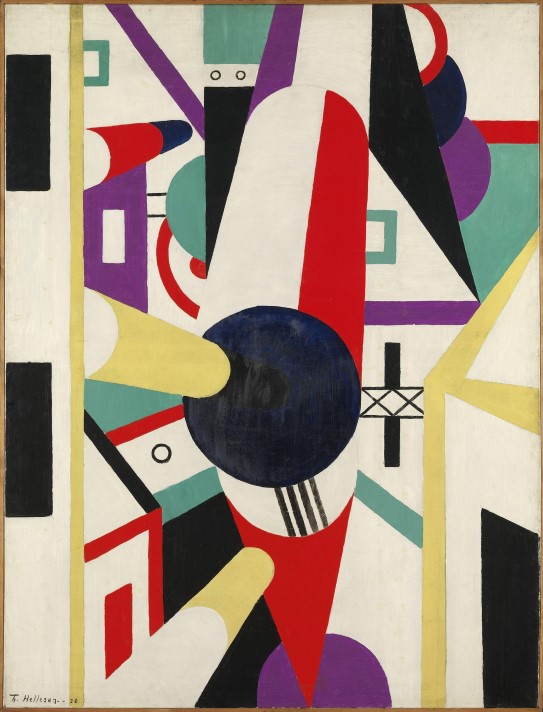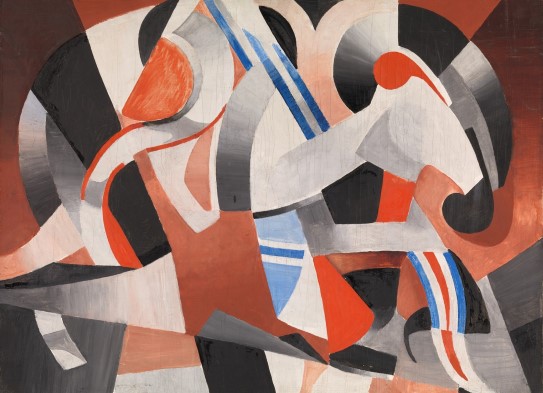‘Colour orgies (…) hurled at the wall.’ This was one of many disparaging descriptions published in newspapers during Thorvald Hellesen’s first – and last – exhibition in Norway in 1919. Never again did he exhibit in his homeland, and he was eventually forgotten.
With this retrospective exhibition, Hellesen’s art, still unknown to many, is put on the map. It contains about 70 works, primarily paintings, but also gouaches, drawings, couture and interior design.
After being celebrated as ‘a new Munch’ in Kristiania (Oslo), the 23-year-old Hellesen went to Paris where he lived for the rest of his life. The French capital was the world metropolis for art, a magnet for artists from near and far. In the years leading up to the First World War, the city was marked by pompous splendour, cultivated taste and relaxed morals. In the artist studios and cafés, the foundations were laid for the first avant-garde movements of the 20th century.

In Paris, Hellesen entered a milieu of artists, critics and authors, and he became close friends with Constantin Brâncuși and Fernand Léger, among others. He defined himself as a Cubist and joined a movement that upturned almost all established ideas about what art should be.
As an artist, he moved restlessly from one Cubist strategy to another. As soon as he mastered the codes of one strategy, he abruptly dropped it and immersed himself in a new one. Around 1920, he finally received a certain amount of recognition in Paris: ‘Of all the Cubists, Hellesen is one of the most interesting, especially because he seems to have achieved a clarified aesthetic in which colour and form interact in a systematic way’, wrote the French artist Amédée Ozenfant.
41 years after his death, Hellesen was rediscovered and some of his paintings were purchased by the National Gallery in Oslo. When the National Museum now opens the first museum exhibition devoted to Hellesen’s art, it takes place 85 years after the artist’s death.
Thorvald Hellesen "Pioneering Cubism" is accompanied by an extensive learning-and-engagement programme and a richly illustrated catalogue.
The exhibition is supported by the charitable foundation Eckbos Legat.








